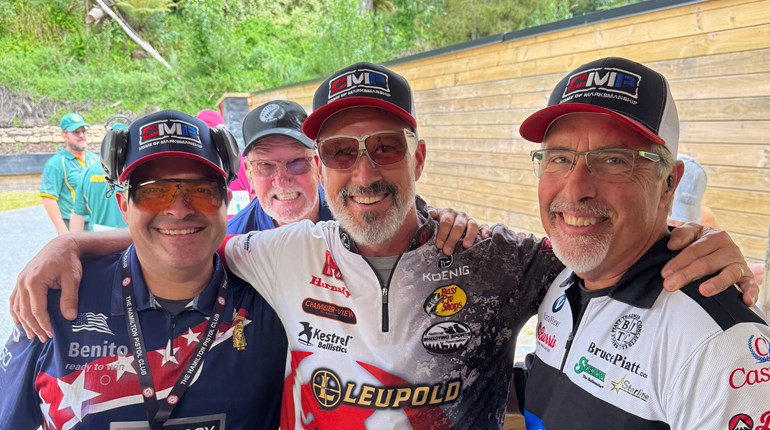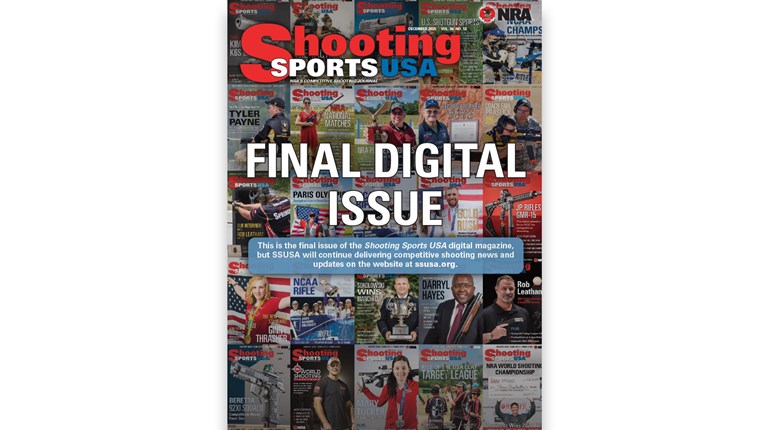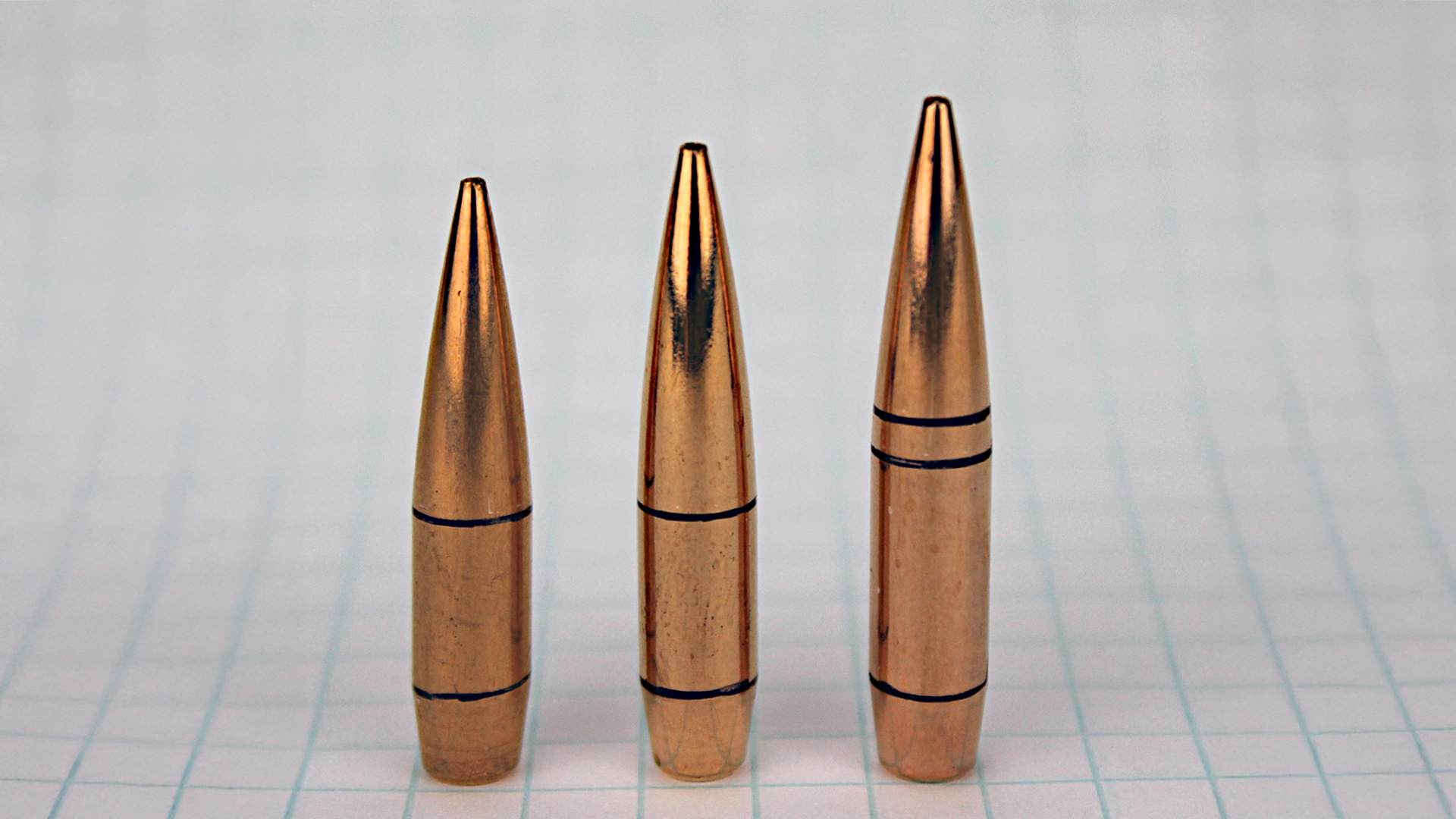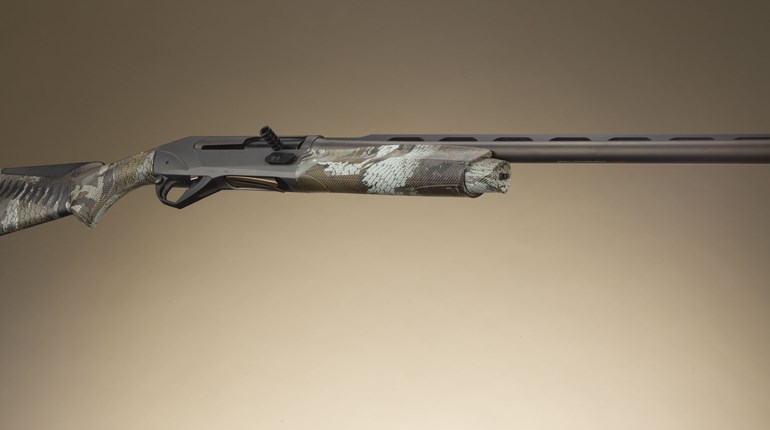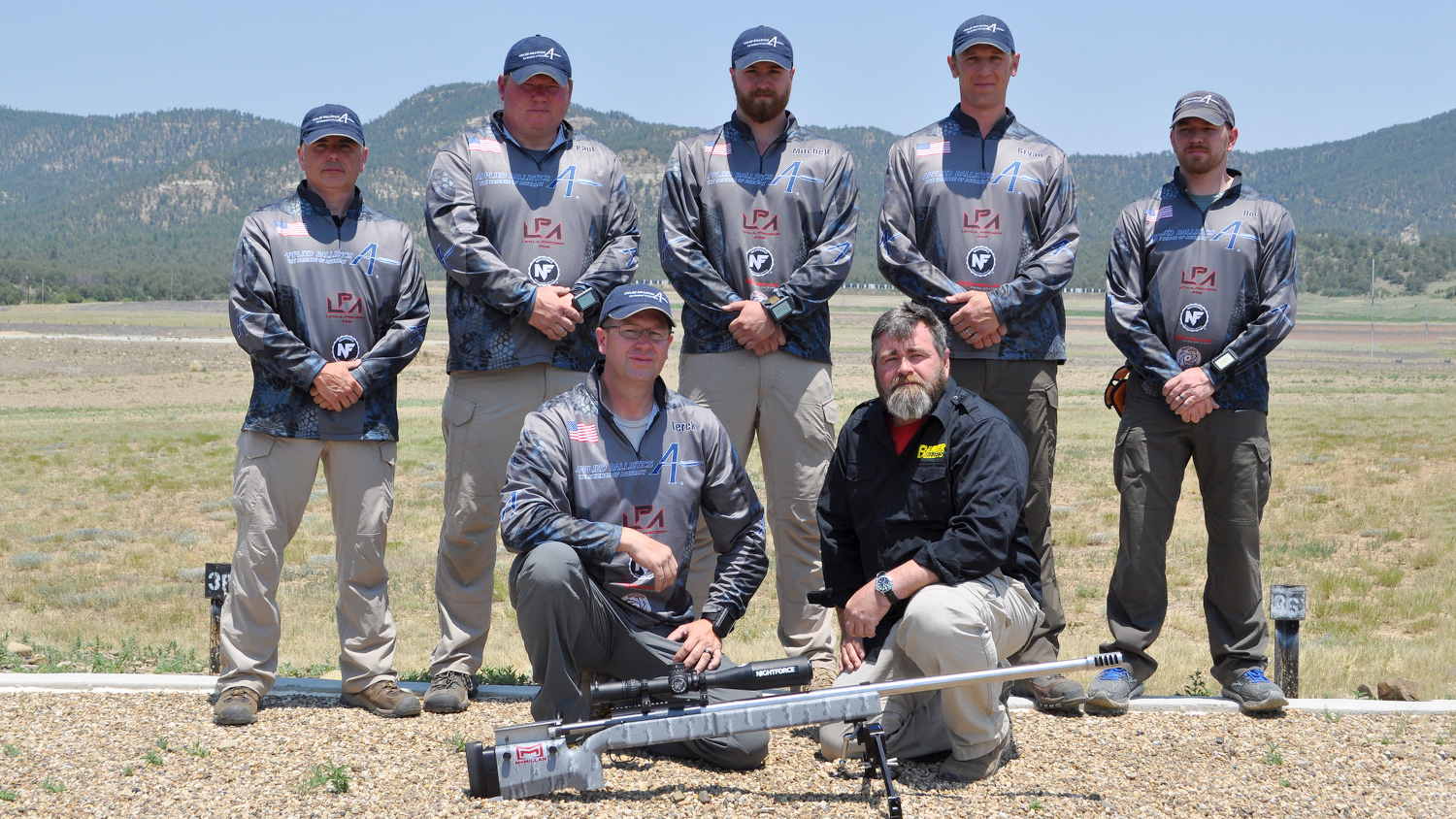
In today’s world where target distances keep going farther out, making a successful long range shot during competition can no longer be done alone. While the shot is made by the trigger puller, often overlooked is the team aspect of Extreme Long Range (ELR) competition. Although the leaderboards and blog posts will rain praise on a single shooter’s name, ELR is actually a three-man team sport. The person pulling the trigger isn’t competing by themselves, it’s the assistance of teammates that help them hit the target.
At the inaugural NRA One Mile ELR match that debuted at Camp Atterbury, IN, during the National High Power Rifle Championships in July 2017, Paul Phillips of the U.S. Rifle Team wrote the course of fire, acquired the steel targets, set up the Targetvision cameras used for scoring, supplied a generator for electric power, performed the safety brief―and compiled the final stats and results. So not only does he know a lot about ELR, he knows a lot about getting things done.
Phillips will be the first to tell you that to excel at ELR, a world class shooter, wind coach and spotter need to work together seamlessly. He’s also a member of Team Applied Ballistics ELR, along with precision shooting expert and ballistician Bryan Litz, wind expert Emil Praslick and long range shooter Mitchell Fitzpatrick, who have won the last two King of 2 Miles matches. This team knows long range.
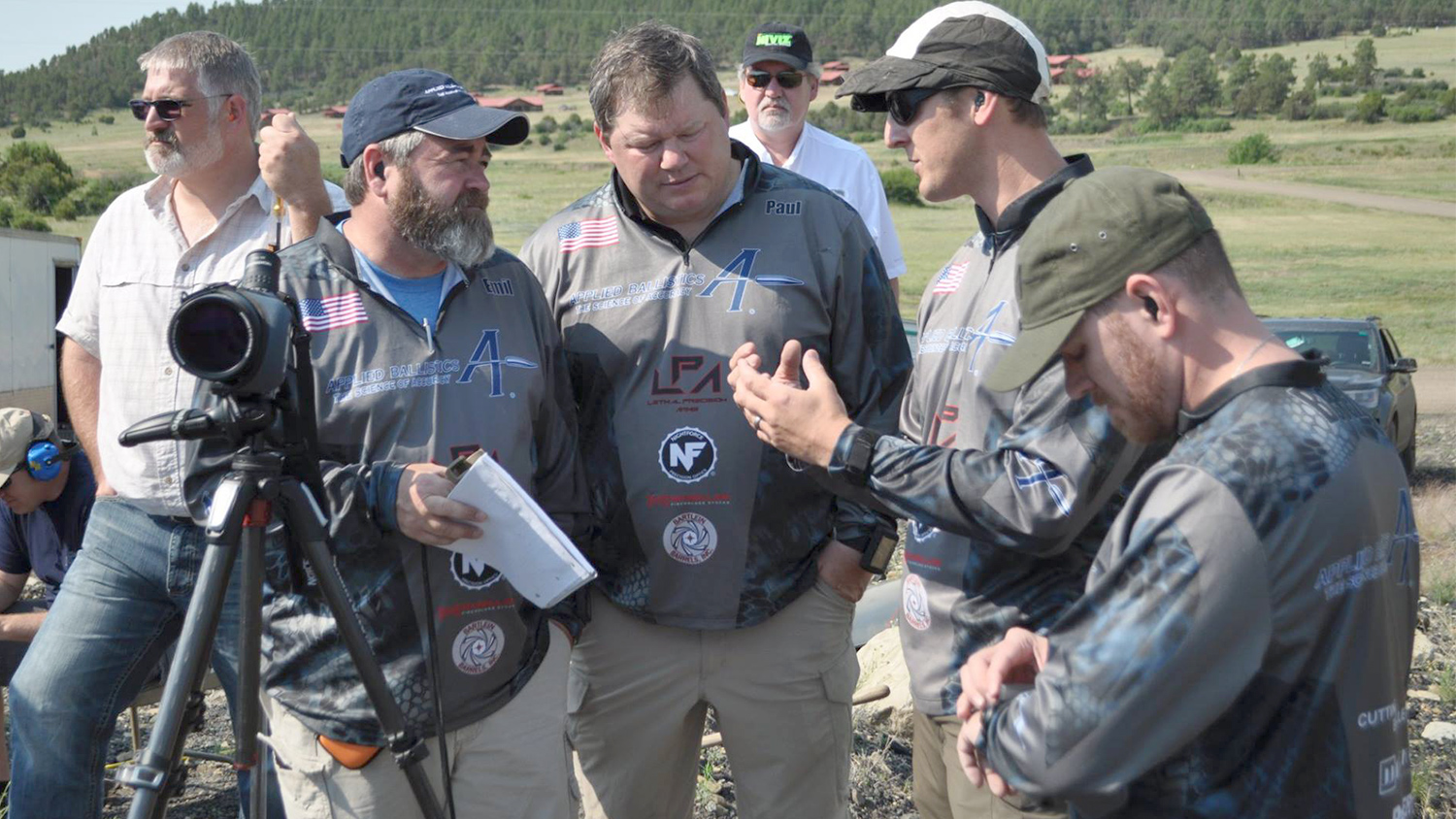
Says Phillips: “ELR is very difficult. It requires a great shooter with 1/2 MOA accuracy, a really good wind coach and spotter to see impacts, trace and the ability to quickly negotiate and engage the targets. It’s one fluid team working together.”
Teammate Bryan Litz concurred with Phillip’s assessment. As founder of the company Applied Ballistics, author of Accuracy and Precision for Long-Range Shooting, A Practical Guide for Rifleman, among many other achievements―Litz is literally a rocket scientist whose previous career was designing missiles for the Air Force―his expertise on the subject of rifle shooting at ELR distances is unparalleled.
“Of all the various precision rifle disciplines, ELR shooting is particularly suited to a team approach. All aspects of ELR shooting are both highly challenging as well as critical to success. One individual is typically not able to stay on top of all the variables effectively enough to hit targets at extreme ranges all by themselves.”

Delegating tasks is something many of us do everyday. Teams that shoot ELR are no different. It’s a fact of life that some people will be better at certain things than others. Litz gives credit to delegation for his team’s success. Those who specialize in certain talents are utilized to the team’s advantage.
“Using a team approach in which a different person focuses on each of the critical elements has been a big key to success for the Applied Ballistics ELR Team. The shooter primarily focuses on the rifle; getting it leveled, transitioning targets, managing the optic and of course, solid shooting. Just the shooters optics management tasks can be overwhelming.”
The process of shooting steel over a mile away isn’t cut and dry. Litz explained what an individual shooter performs during a typical long range stage―beginning with the eight steps that involve just the optic.
“On each set-up and target transition, the shooter typically goes through the following steps:
A) Dial the magnification down to find the target in the field of view.
B) Zoom the magnification up once the target is located.
C) Adjust the parallax for that range.
D) Apply the correct elevation to the turret.
E) Apply the correct windage to the scope turret accounting for spin drift, Coriolis, and wind.
F) Remember to hold (in the reticle) any additional elevation beyond what is dialed on the turret.
G) Apply corrected holds using a combination of turrets and reticle holds on follow up shots.
H) Do all this again on the next target.
As you can see, that’s a lot for the shooter to do just involving the scope―let alone all the physical positioning, breathing, trigger control and other marksmanship elements that go into shooting. This is why we use the team approach, to offload some of the critical tasks to other teammates.”

Adjusting to the weather conditions is paramount for any rifle competition, but in ELR it takes on added importance―especially the wind. Litz elaborated on teammate Emil Praslick’s legendary wind reading skills, additionally emphasizing how delegating tasks by specialization produces results.
“One of the important challenges of hitting targets at long range is reading the wind. All the shooters on our team can read wind, but when we’re shooting a match, we put our strongest wind-reader in this position for all shooters. Emil Praslick is arguably the best in the world at putting a number on the wind. He’s got a well-rehearsed process that works in all scenarios. When Emil isn’t available, someone else on our team will apply his process and focus specifically on the wind. In this way, the wind coach can do his job undistracted by the other aspects of what’s going on. This makes the team capable of the greatest possible result because you’re taking advantage of each teammate’s full capability at the thing they’re best at.”

Equally important as reading the wind is having an effective spotter. Litz said that his teammate Paul Phillips fulfills this role well, also reinforcing the fact that placing experts in roles that suit their skillset will increase hits.
“Another important job on the team is a spotter. The spotter’s role is to focus on seeing where the shots impact, so quick and accurate follow up corrections can be made. Paul Phillips is exceptional at this so he executes the spotter role on our team. Looking for bullet trace, seeing impacts in various terrain, and using judgment and insight when there’s no clear feedback is what makes a great spotter. Each shooter on the team has all the skills, but by dividing the labor and giving specific roles to individuals who excel at them makes the whole team capable of something much greater than we could do independently.”
Bottom line: if you want to be successful in ELR, you need a strong team.
“Given the challenges involved in hitting small targets at 1-2 miles, you need all the advantages possible and team work is one of the strongest elements that make success at ELR shooting possible,” concluded Litz.
Team Applied Ballistics has a forthcoming DVD on the science behind extreme long range shooting. Watch the trailer at this link: youtu.be/zWCfQxVAJAU
All photos by Applied Ballistics, LLC













